Glacier hiking delivers an otherworldly experience—walking across ancient ice formations while surrounded by breathtaking mountain scenery. Unfortunately, many popular glacier destinations have become victims of their beauty, drawing crowds that diminish the sense of wilderness and solitude these magnificent ice rivers should inspire.
For travelers seeking more intimate glacier experiences away from the tourist throngs, alternatives exist around the world. Here is a list of 14 places where you can still experience glacier hiking without battling the crowds.
Svartisen Glacier, Norway
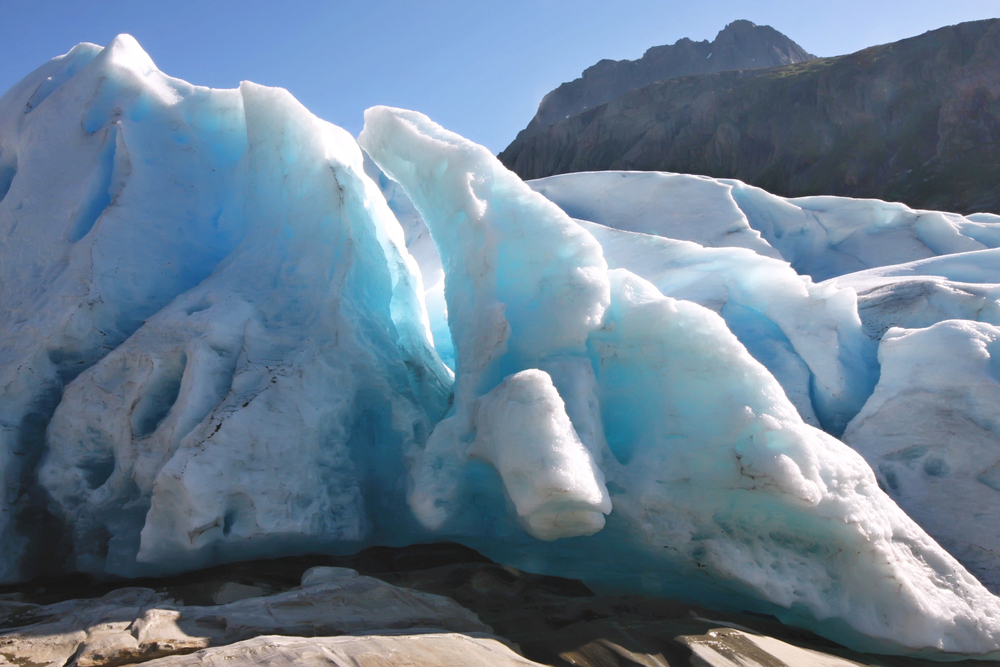
Located within the Arctic Circle, Norway’s second-largest glacier remains refreshingly uncrowded despite its accessibility. A short boat ride across a stunningly clear lake delivers hikers to the glacier’s edge, where local guides lead small groups across the blue-tinged ice.
The relative isolation keeps visitor numbers manageable even during summer months, while the surrounding landscapes of northern Norway provide additional hiking opportunities through pristine wilderness areas.
Tasman Glacier, New Zealand
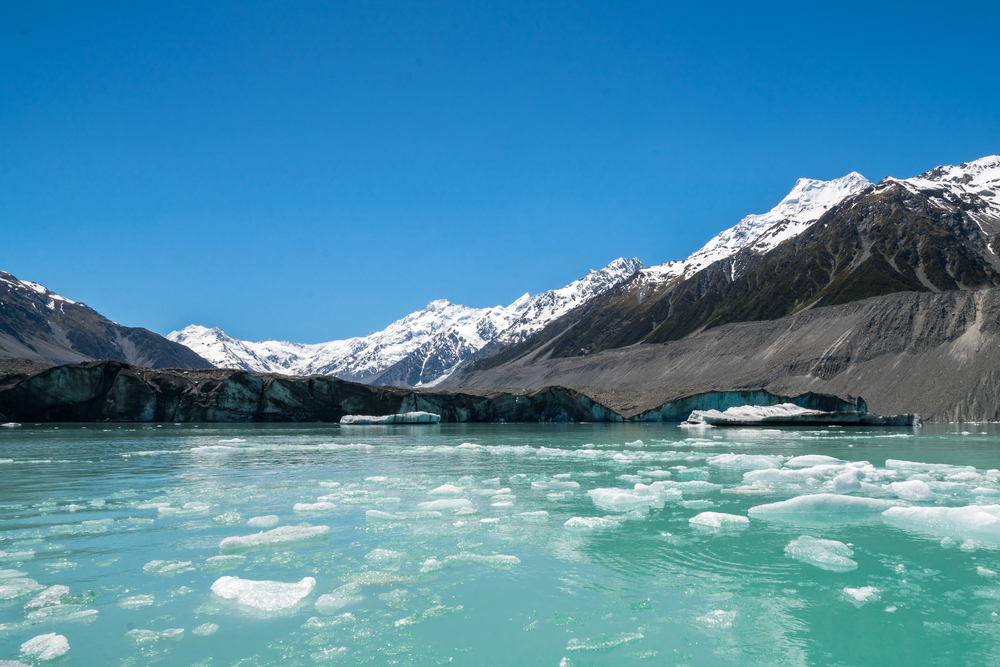
While nearby Franz Josef and Fox Glaciers draw busloads of tourists, Tasman Glacier in Aoraki/Mount Cook National Park offers a more serene experience. Accessible via a combination of hiking and boat journeys across the terminal lake, guided tours provide crampons and equipment for exploring this massive valley glacier.
The approach requires slightly more effort than New Zealand’s more famous glaciers, naturally filtering out casual visitors while rewarding dedicated adventurers with pristine ice formations.
Like Travel Pug’s content? Follow us on MSN.
Perito Moreno Alternative Routes, Argentina
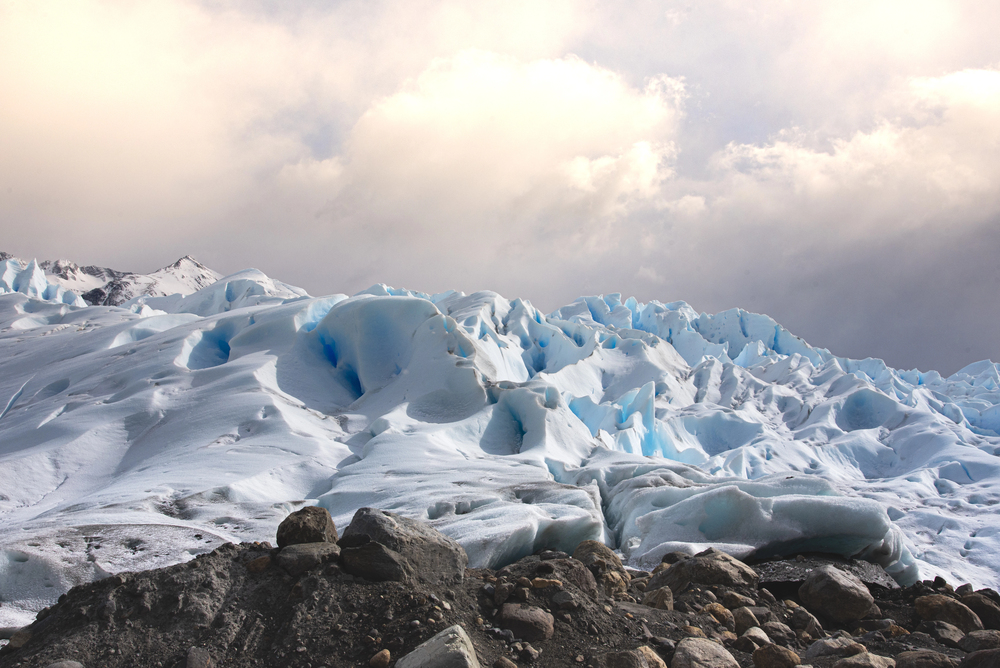
Though Perito Moreno itself ranks among South America’s most visited glaciers, seasoned guides offer back-door approaches that bypass the main viewing platforms. These full-day expeditions access less-frequented sections of the massive ice field, where hikers can experience the crackling blue expanse without the clamor of tourists.
The extended routes require moderate fitness but deliver solitude among ice caves and seracs that day-trippers never witness.
Batura Glacier, Pakistan
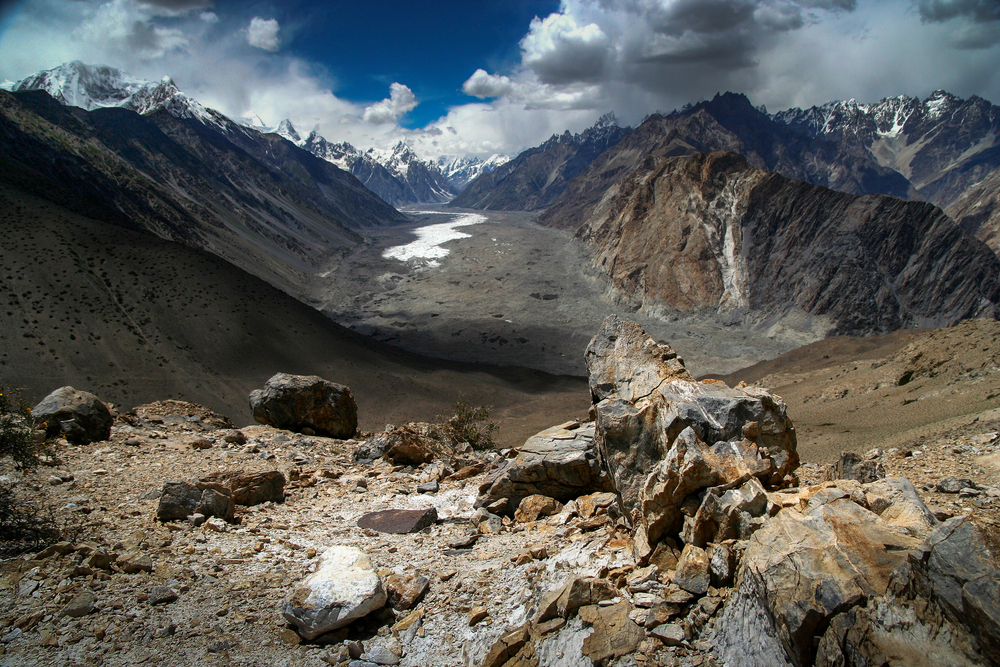
Stretching 35 miles through the Karakoram Range, Batura Glacier remains virtually unknown to Western tourists despite being among the world’s longest non-polar glaciers. The journey requires traveling the Karakoram Highway to Passu village, where local guides lead multi-day treks along the glacier’s edge.
Political perceptions rather than actual dangers keep crowds away, creating an opportunity for adventurous travelers to experience authentic glacier hiking far from established tourism routes.
Kverkfjöll, Iceland
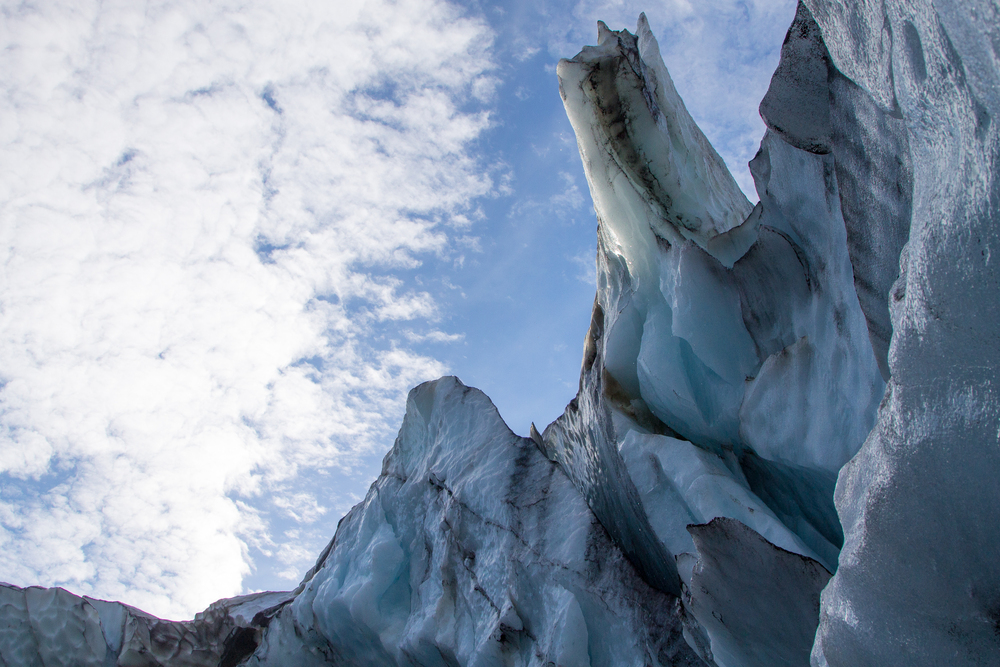
While tourists flock to Iceland’s easily accessible glaciers near Reykjavik, the remote eastern region around Kverkfjöll offers spectacular ice hiking without the crowds. This volcanic area, where fire meets ice, features stunning ice caves created by geothermal activity beneath the glacier.
The difficult access requires 4×4 vehicles and experienced guides, naturally limiting visitor numbers while providing a genuine wilderness adventure for those willing to venture beyond Iceland’s popular south coast.
Like Travel Pug’s content? Follow us on MSN.
Spencer Glacier, Alaska
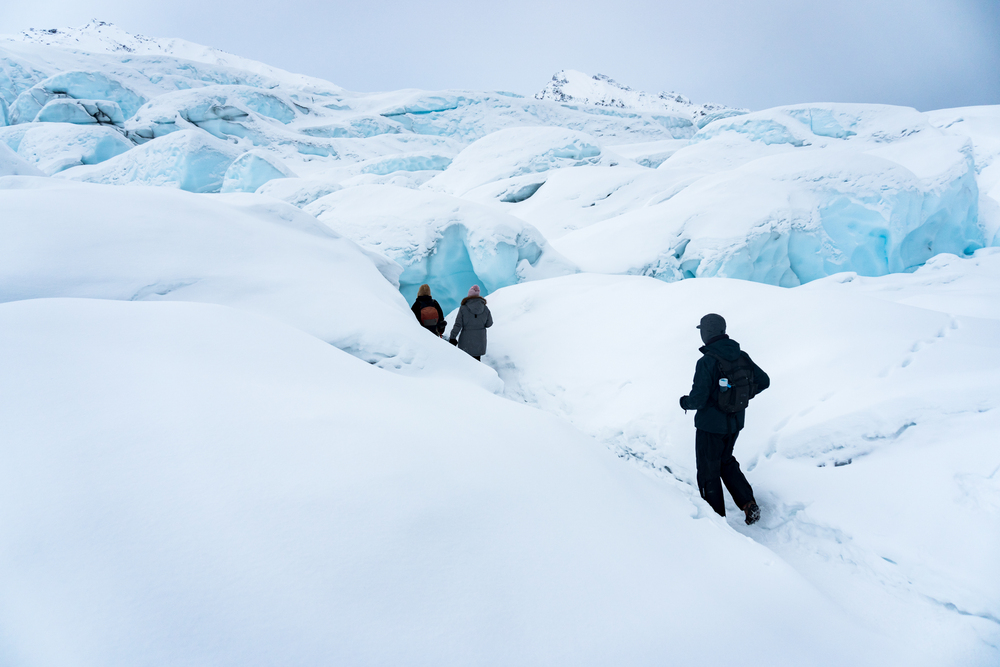
Located along the Alaska Railroad’s Glacier Discovery route, yet overlooked by most cruise ship itineraries, Spencer Glacier offers remarkable solitude despite its relative accessibility. A whistle-stop train service deposits hikers near the glacier during summer months, where guided tours or kayak approaches allow exploration of incredibly blue ice features.
The limited transportation options naturally regulate visitor numbers, preserving the wilderness feel despite being just 60 miles from Anchorage.
Adamello Glacier, Italy
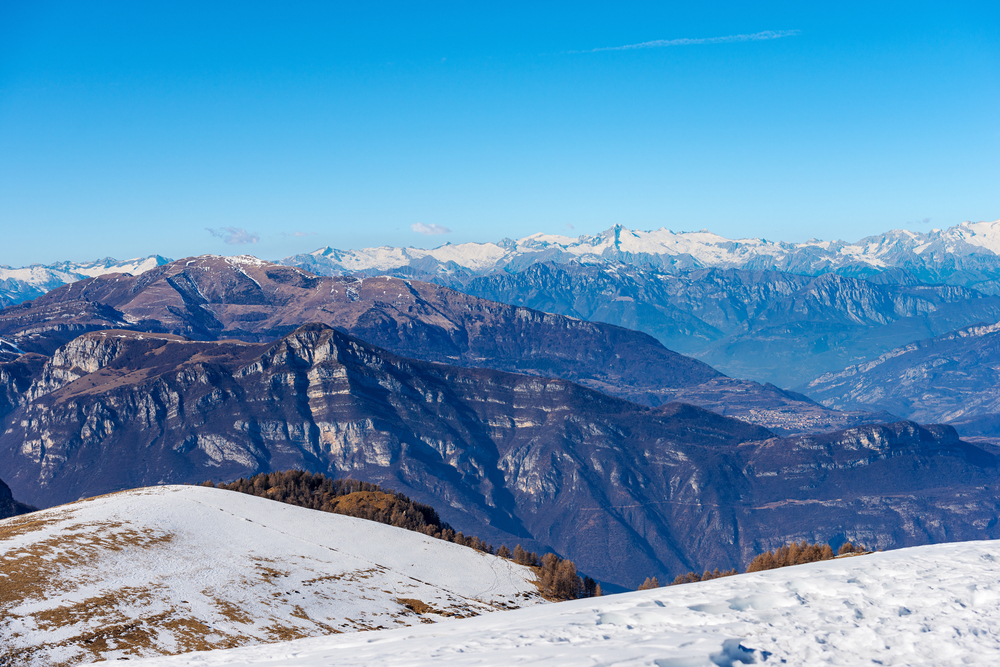
While the Dolomites attract masses of tourists, the adjacent Adamello-Presanella Alps harbors Italy’s largest glacier with a fraction of the visitors. Historic World War I sites add cultural interest to the spectacular ice field, where mountain guides from nearby towns lead groups across high-alpine terrain.
The demanding approach hike ensures you’ll share the glacier primarily with Italian mountaineers rather than international tourism groups.
Chalaati Glacier, Georgia
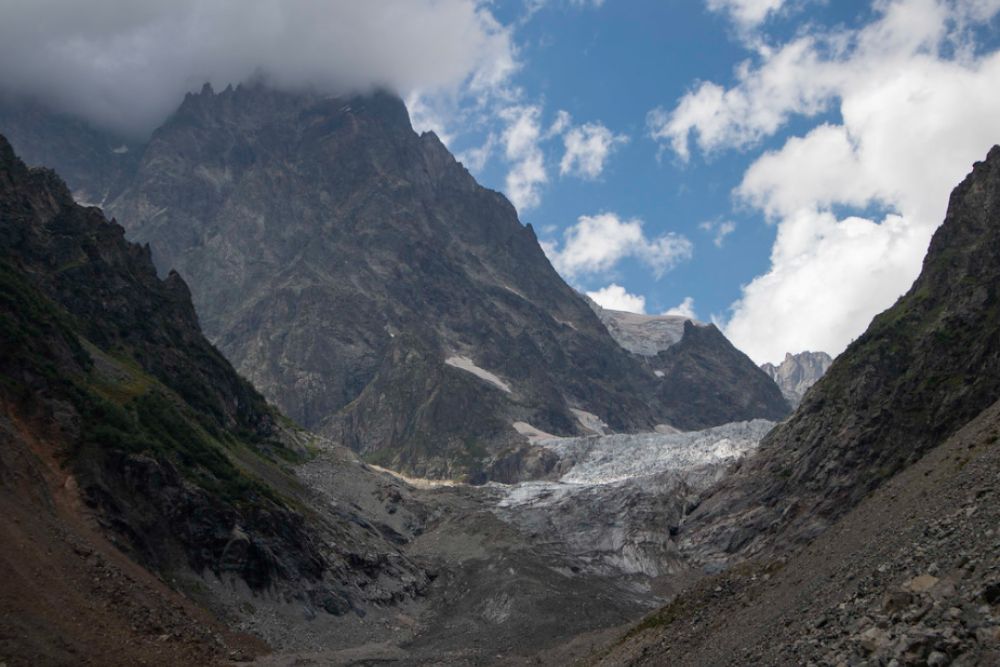
Tucked into the spectacular Caucasus Mountains, Georgia’s Svaneti region offers glacier access with minimal tourism infrastructure. The Chalaati Glacier descends from 15,000-foot peaks into a valley accessible by day hiking from mountain villages.
Local guides help navigate the approach through beautiful birch forests before emerging onto ice fields beneath towering peaks—all without the commercial trappings found at more developed glacier destinations.
Like Travel Pug’s content? Follow us on MSN.
Cerro Tronador Glaciers, Argentina
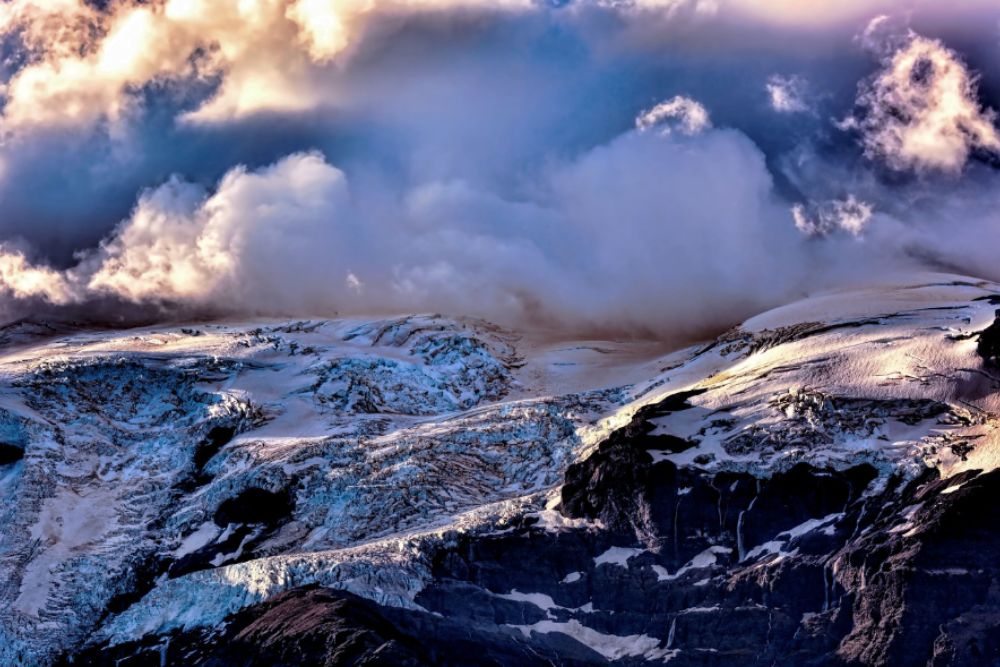
While Bariloche serves as a busy tourism hub, the multiple glaciers of nearby Cerro Tronador receive surprisingly few visitors beyond local hikers. The mountain’s name, “thunderer”, comes from the sound of falling seracs from its numerous hanging glaciers.
Guides from Bariloche lead day and overnight trips to explore these accessible ice fields, where dramatic black volcanic ash creates striking patterns across the white ice surfaces.
Pindari Glacier, India
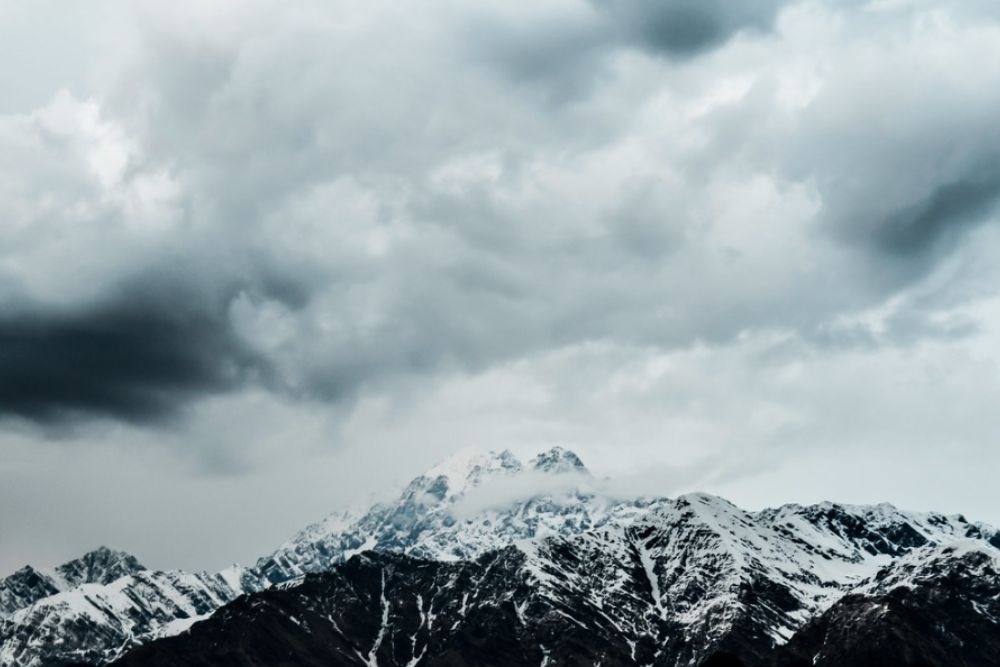
Hidden within the Indian Himalaya’s Kumaon region, Pindari Glacier offers a spectacular trekking experience far from international tourism circuits. The multi-day approach through rhododendron forests and traditional villages ensures that only dedicated hikers reach the glacier tongue.
Though requiring moderate altitude acclimatization, the journey rewards visitors with views of enormous peaks and access to an ice field visited primarily by Indian pilgrims rather than foreign tourists.
Hintereisferner, Austria
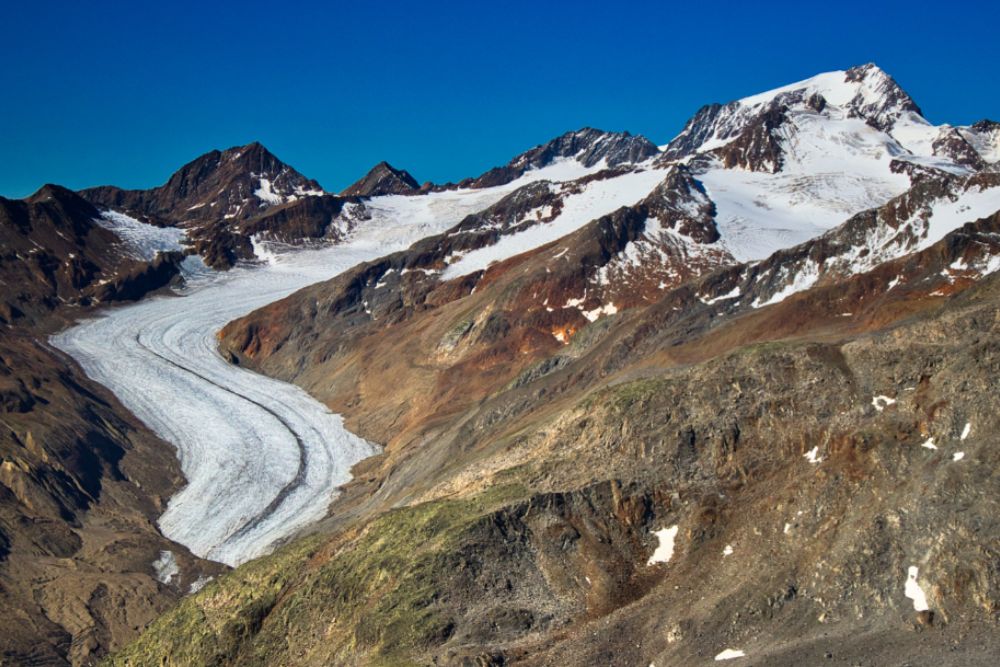
While summer skiers crowd Austria’s better-known glaciers, this scientific research glacier in the Ötztal Alps remains largely overlooked. University programs monitor the rapidly retreating ice, with researchers sometimes offering impromptu educational tours for the few hikers who make the journey.
The approach through alpine meadows features historical mountaineering huts where overnight stays allow early morning access to the glacier before day hikers arrive.
Like Travel Pug’s content? Follow us on MSN.
Quelccaya, Peru
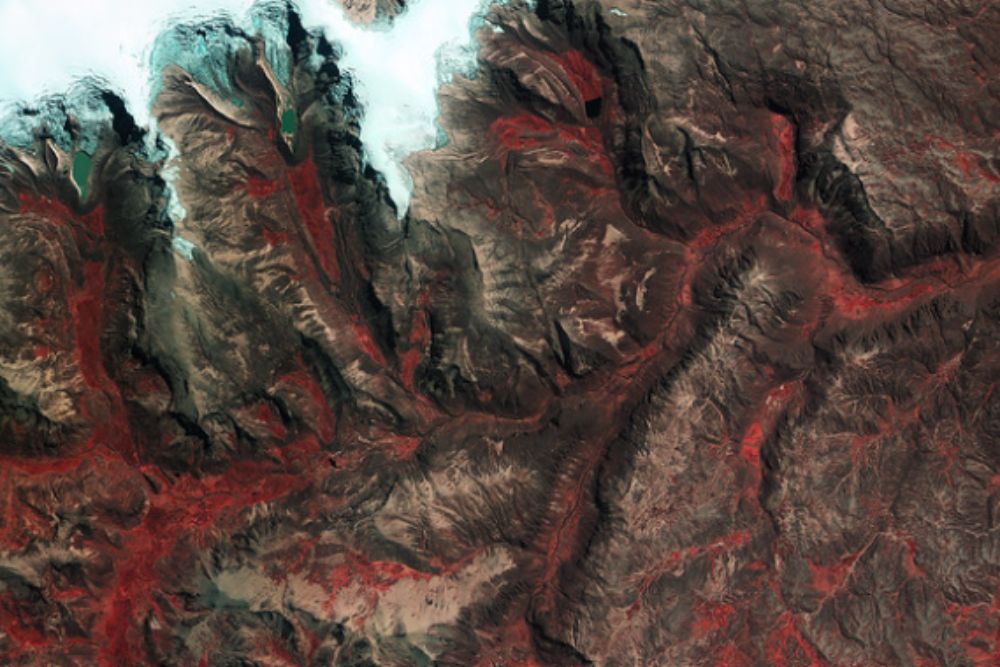
Though hardly unknown to scientists monitoring its rapid decline, this world’s largest tropical ice cap receives remarkably few tourists, considering Peru’s popularity. Located in the remote Vilcanota mountain range, the multi-day journey requires acclimatization and experienced guides from Cusco.
The challenging access filters out casual visitors, creating a profound wilderness experience among ice formations found nowhere else near the equator.
Nef Glacier, Chile
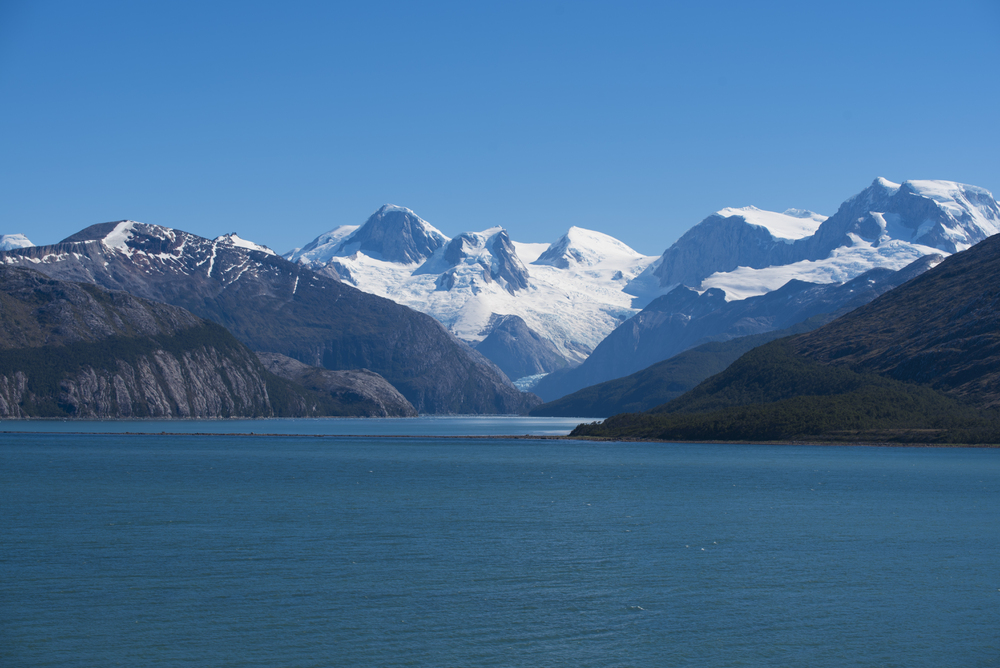
Despite being located within the popular Patagonian region, this significant outlet glacier from the Northern Patagonian Ice Field sees minimal foot traffic. Accessible via the challenging Sendero Exploradores from the Carretera Austral, the glacier requires boat crossings and experienced guiding through undeveloped wilderness.
While tourists crowd nearby attractions, Nef offers genuine exploration for those willing to venture beyond standard Patagonian circuits.
Inylchek Glacier, Kyrgyzstan

Stretching nearly 40 miles through the Tien Shan Mountains, this behemoth ranks among the world’s largest mountain glaciers yet remains virtually unknown to Western tourists. Soviet-era mountaineering camps provide basic infrastructure for accessing the tremendous ice river surrounded by 20,000-foot peaks.
The combination of permit requirements, challenging logistics, and Central Asia’s perceived remoteness ensures genuine wilderness despite the glacier’s remarkable scale and beauty.
Like Travel Pug’s content? Follow us on MSN.
The Frozen Frontier

These less-traveled glaciers offer more than just crowd avoidance—they provide authentic wilderness experiences increasingly rare in our hyperconnected world. While proper guides and equipment remain essential for safety, these alternatives deliver the profound silence and pristine beauty that should accompany encounters with Earth’s magnificent ice rivers.
As climate change accelerates glacial retreat worldwide, the opportunity to experience these frozen giants grows more precious each year. Whether seeking adventure photography, scientific interest, or simply profound natural encounters, these uncrowded glaciers allow visitors to forge genuine connections with some of our planet’s most spectacular—and vulnerable—landscapes.
More from Travel Pug

- 20 Destinations That Were Once Thriving but Are Now Quietly Disappearing
- 13 Destinations Where Tourists Regularly Regret Their Trip
- 20 Once-Popular Beach Towns That Are Now Ghostly Empty
- 10 Under-the-Radar Mountain Towns That Are Both Affordable and Beautiful
- Take a ‘Learning Vacation’ in These 20 Extraordinary Places
Like Travel Pug’s content? Follow us on MSN.
